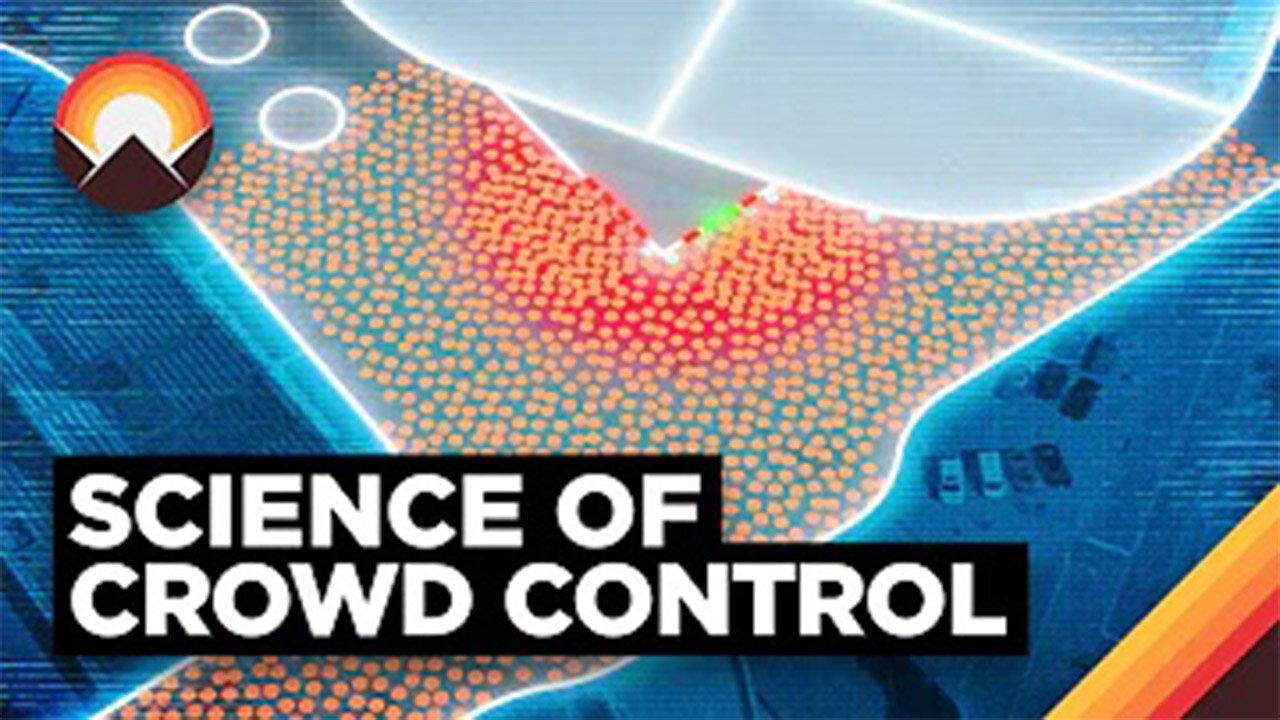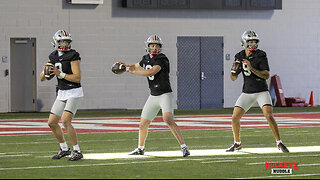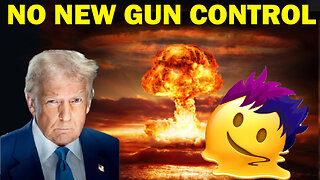Premium Only Content

How to Control a Crowd
Crowd Management and Control: Ensuring Safety and Order
In the art of crowd management, a delicate balance between organization and responsiveness comes to the fore, ensuring that gatherings of people remain safe, enjoyable, and incident-free. Whether orchestrating a bustling public event, overseeing a protest, or handling a large-scale gathering, effective crowd control hinges on meticulous planning, adept communication, and a suite of strategies designed to maintain a harmonious environment.
Planning for Success:
At the heart of crowd control lies meticulous planning. Understanding the nature of the event and estimating attendee numbers are key steps in this phase. By gauging the scale of the crowd, event organizers can allocate resources judiciously and tailor their approach to the unique challenges posed.
Communication as the Lighthouse:
Clear communication serves as the lighthouse guiding the crowd. An array of signage, announcements, and designated personnel bridge the gap between event organizers and attendees. Trained staff and volunteers act as intermediaries, answering queries and providing guidance, helping to disseminate crucial information with clarity.
Defining Boundaries:
The physical space within which the crowd gathers must be intelligently demarcated. Fences, ropes, and barricades elegantly outline the crowd's boundaries, not only preventing overcrowding but also fostering a structured flow that minimizes bottlenecks and chaotic surges.
Dispensing Information:
The dissemination of information is paramount. Attendees need to be aware of event schedules, entry and exit points, emergency procedures, and any rules they must adhere to. Clarity in information empowers the crowd to act responsibly.
Guiding the Flow:
Guiding the movement of a crowd is an art form in itself. Organizers should establish separate entry and exit points, directing the flow of people seamlessly. Visual cues, such as signage and ground markings, act as gentle nudges, ensuring participants traverse the space in an organized manner.
Guardians of Order:
A cadre of trained security personnel and event staff forms the guardians of order, vigilantly monitoring the crowd's dynamics. Deployed strategically throughout the area, they remain poised to intervene, address conflicts, and ensure safety.
Taming Tensions:
As tensions can occasionally arise, adept crowd control incorporates de-escalation techniques. These methods, grounded in empathy and active listening, enable staff to defuse tense situations without resorting to force.
Emergencies Are Anticipated:
A robust emergency plan stands as an imperative cornerstone of crowd management. Preparedness for unforeseen events, from medical emergencies to fires, is paramount. Attendees and staff must be well-versed in emergency procedures, ready to act decisively if the need arises.
The Voice of Authority:
A public address system serves as the authoritative voice amidst the crowd. It delivers vital announcements and instructions, averting confusion and anchoring a sense of order.
Continuous Vigilance:
Monitoring the crowd is a continuous process. Adapting strategies to evolving dynamics ensures the maintenance of a safe environment. Restlessness and tension are swiftly addressed to preempt escalation.
Respect and Calm:
A fundamental tenet of crowd control lies in treating participants with respect and maintaining a calm demeanor. Force is employed only when absolutely necessary, as organizers prioritize the collective well-being and safety of everyone involved.
In the intricate choreography of crowd control, safety, communication, and adaptability are the lead dancers. A successful performance rests on orchestrating these elements seamlessly, ensuring that any gathering remains an enjoyable and secure experience for all.
-
 LIVE
LIVE
Lofi Girl
2 years agolofi hip hop radio 📚 - beats to relax/study to
4,022 watching -
 1:50:51
1:50:51
Adam Carolla
5 days ago $11.23 earnedDave Portnoy RAILS against entitled, lazy Gen-Z Workforce + Comedian Dusty Slay | Adam Carolla Show
34.7K28 -
 12:10
12:10
Talk Nerdy Sports - The Ultimate Sports Betting Podcast
2 hours ago4/20/25 - Easter Sunday Special: Vas Resurrects the Slip & Buries the Books 🧾🔥
9.56K2 -
 15:00
15:00
Mrgunsngear
17 hours ago $5.02 earnedDan Wesson DWX: 2011 & CZ-75's Baby
31.6K14 -
 16:07
16:07
SKAP ATTACK
15 hours ago $4.00 earnedNuggets STEAL Game 1 Behind Jokic Mastery
45.6K7 -
 LIVE
LIVE
Big Fitz Plays
3 hours agoWho Gave Me a Chainsword?! | Space Marine 2 Chaos Stream
84 watching -
 22:16
22:16
marcushouse
18 hours ago $3.89 earnedFinally, the Starship Info We’ve Been Waiting For… And What We Can Do With It Is Wild!
36.2K19 -
 33:32
33:32
Ohio State Football and Recruiting at Buckeye Huddle
15 hours agoOhio State Football: What Position is the Biggest Question Mark for the Buckeyes?
32.1K2 -
 2:07:19
2:07:19
JahBlessGames
3 hours agoEASTER STREAM TEST
13.1K1 -
 9:30
9:30
VSOGunChannel
20 hours ago $1.85 earnedAdmin Actually Defending the 2nd Amendment?
25K10